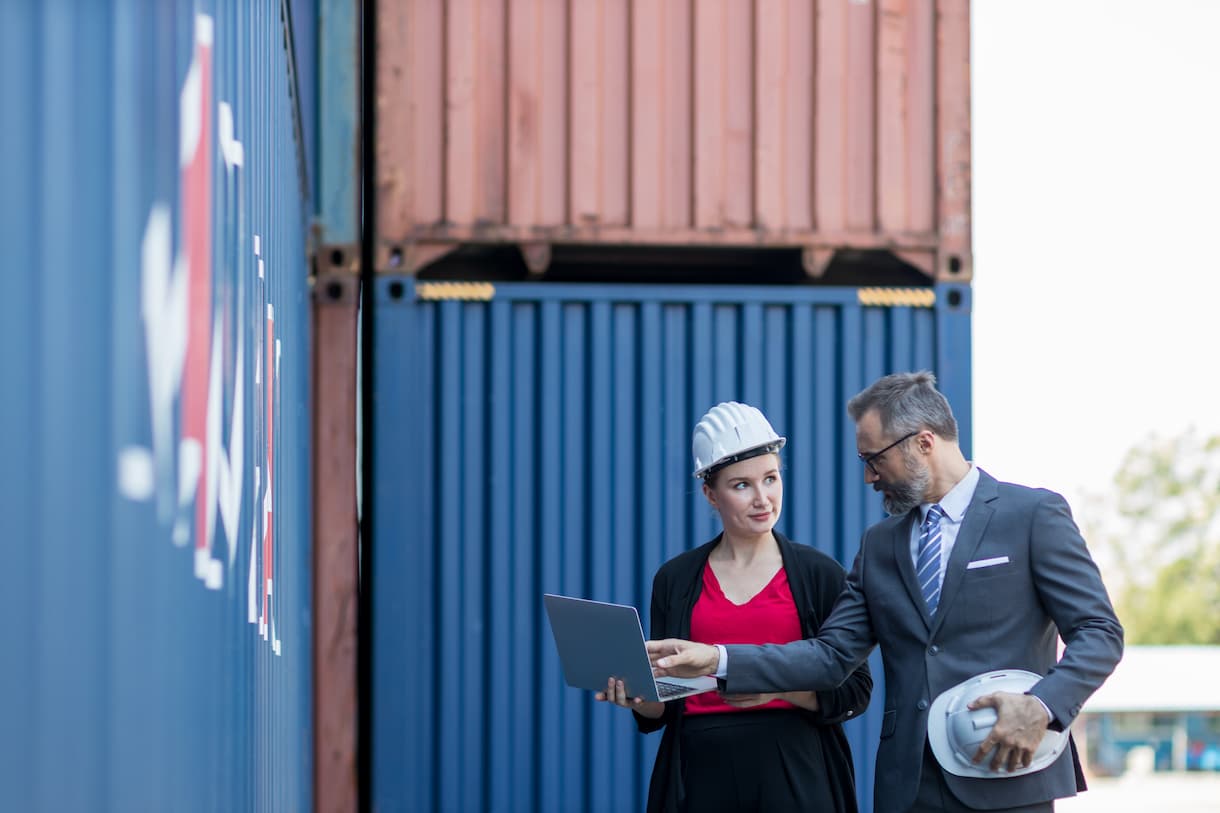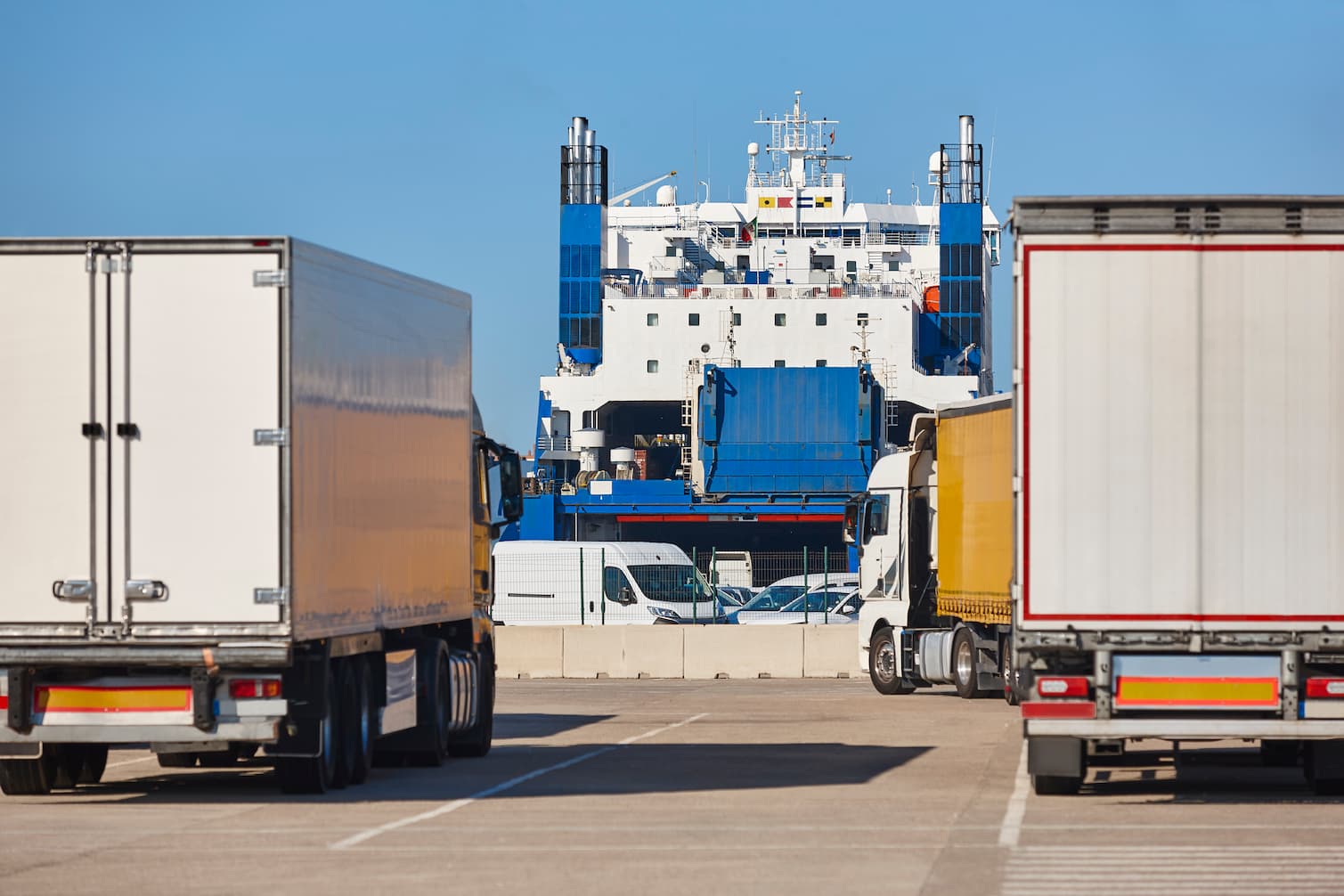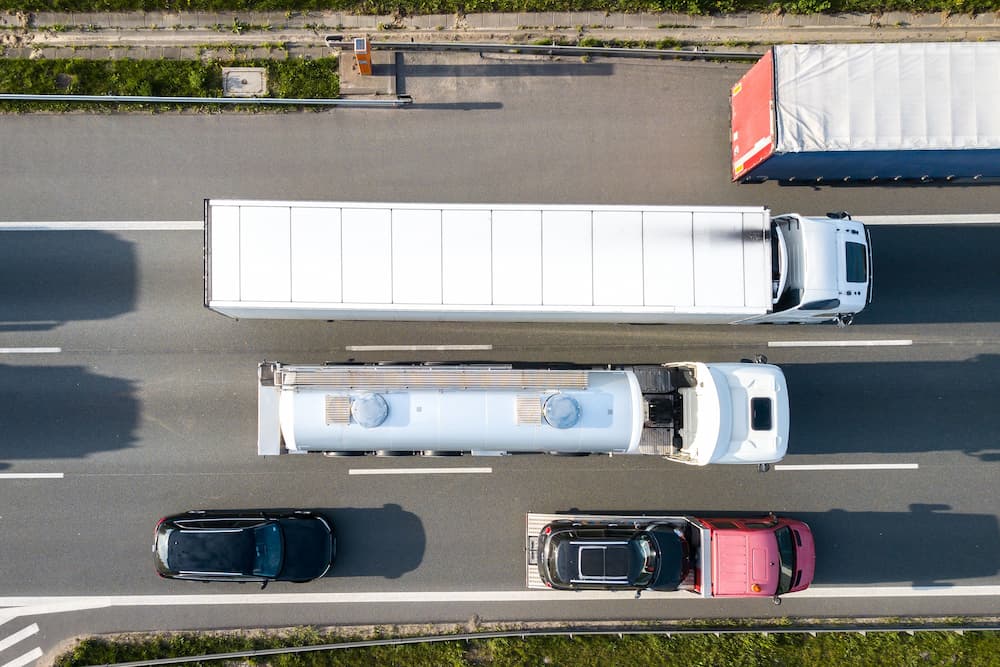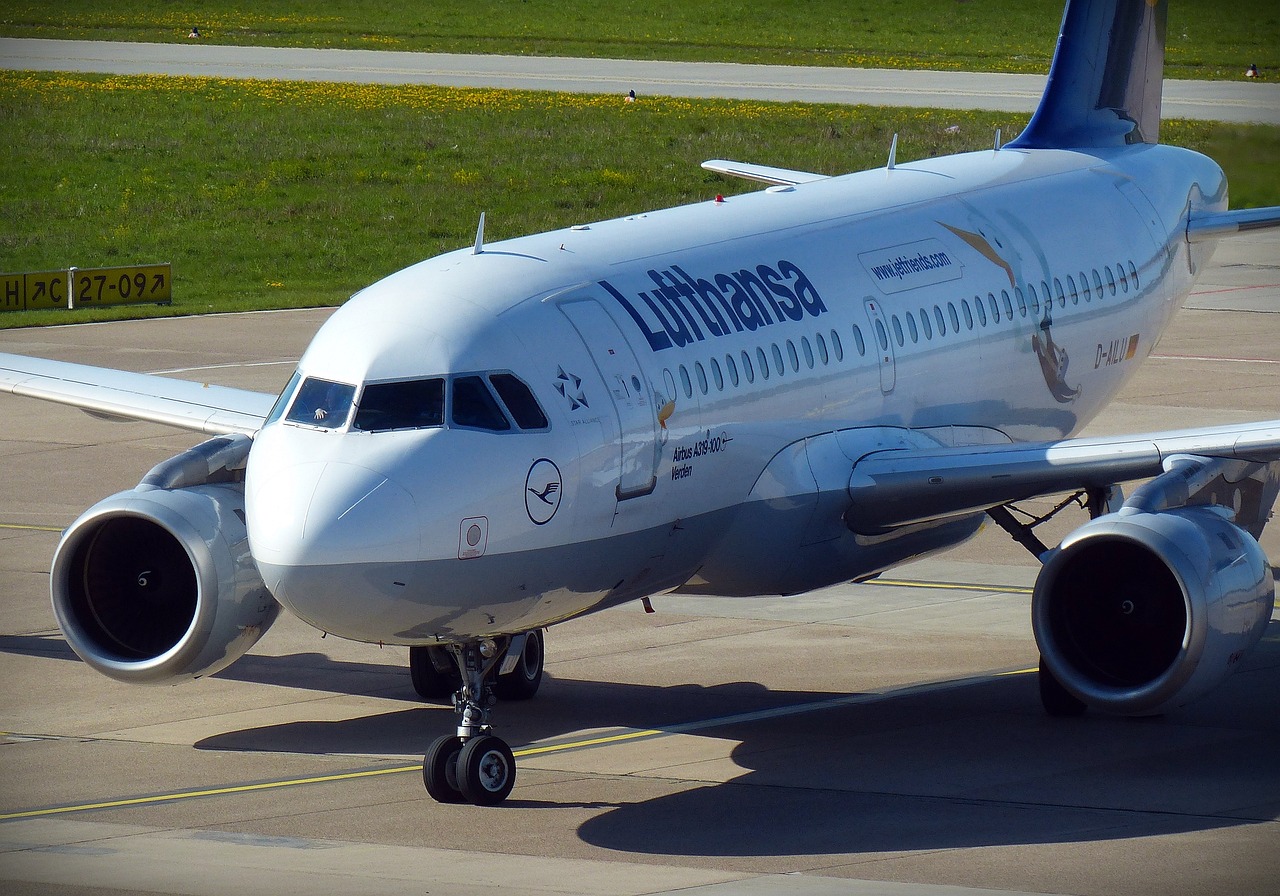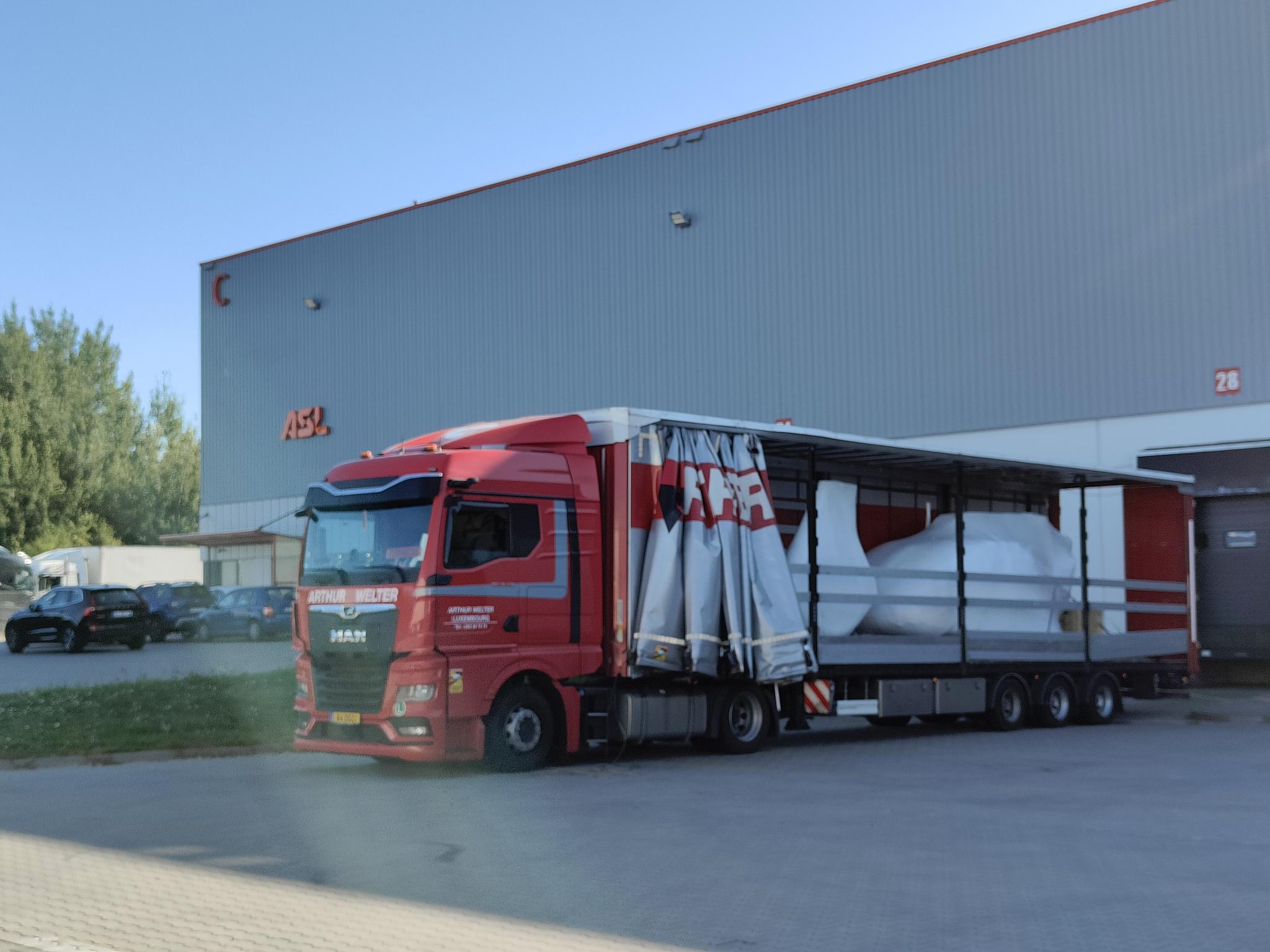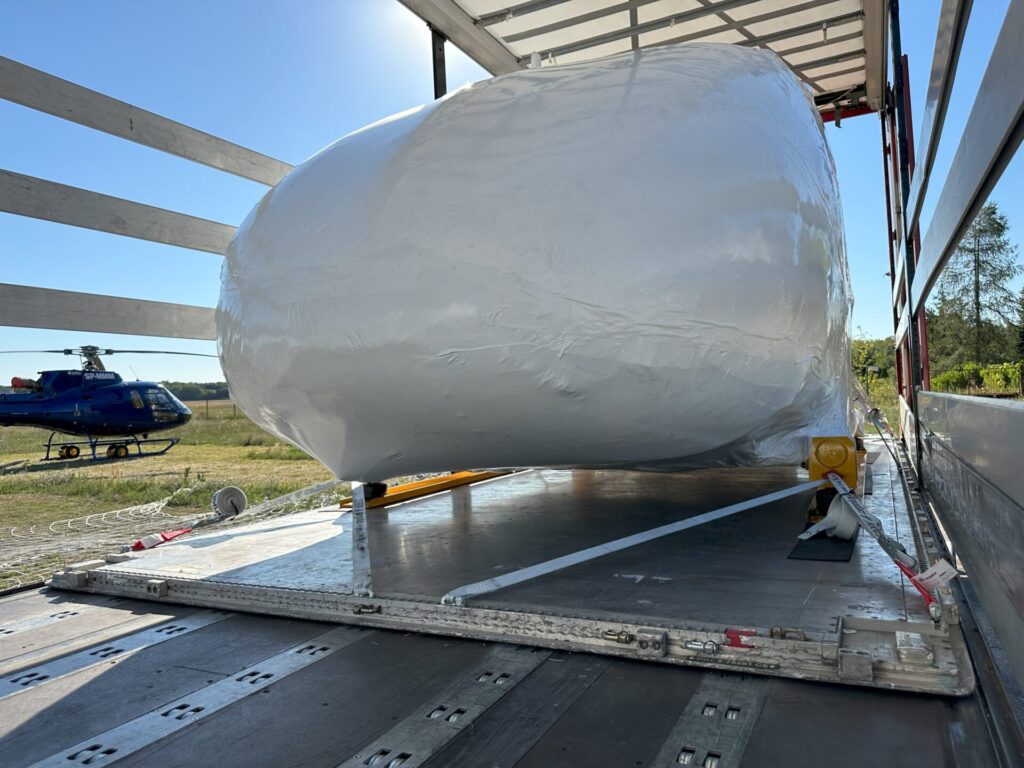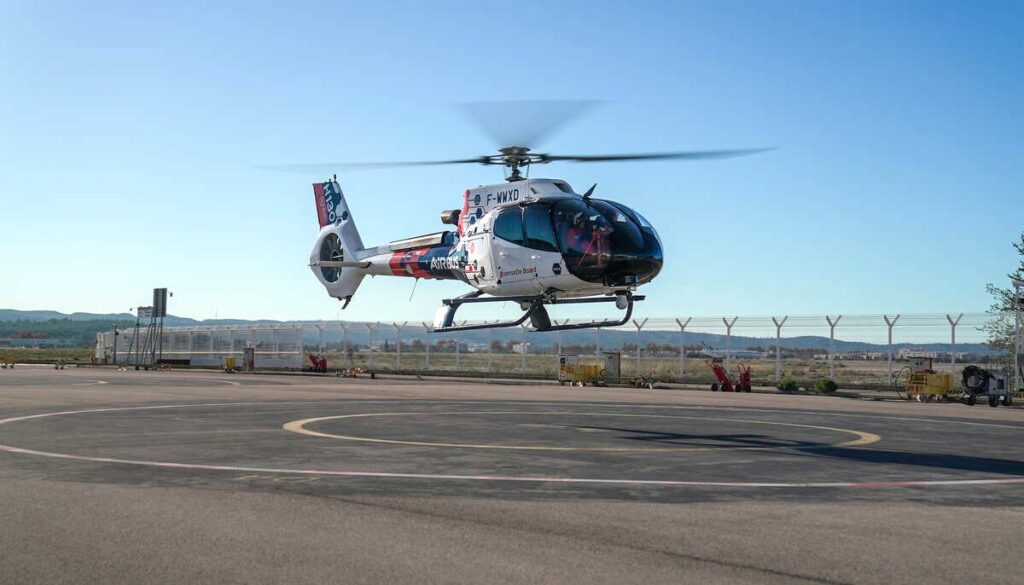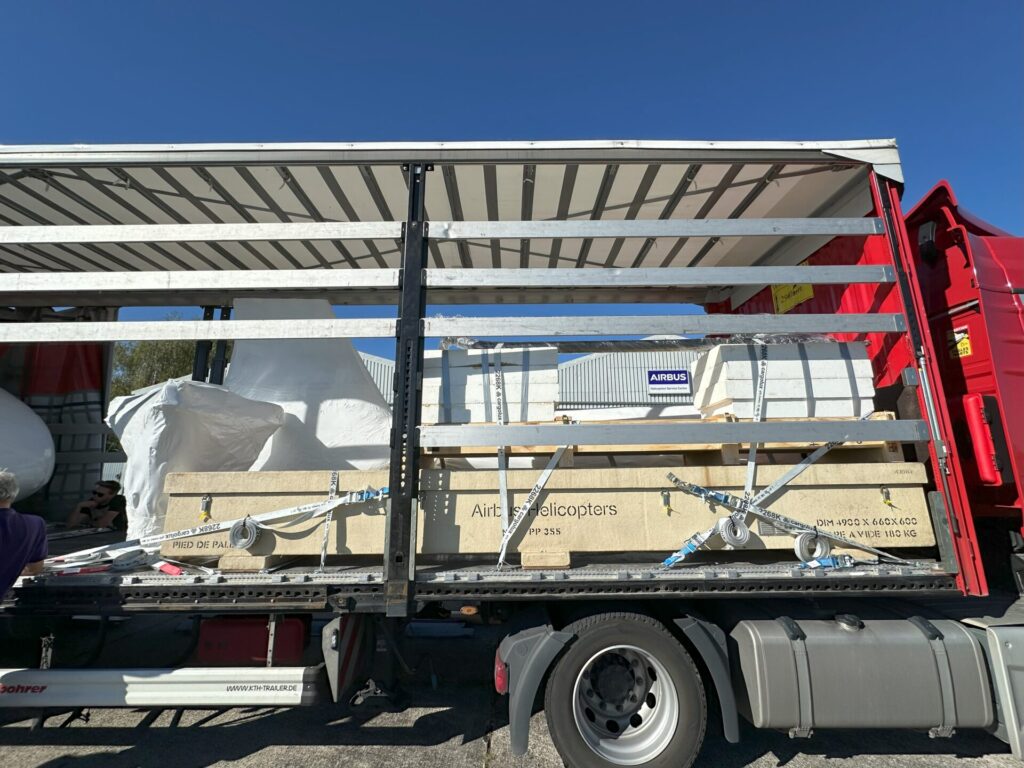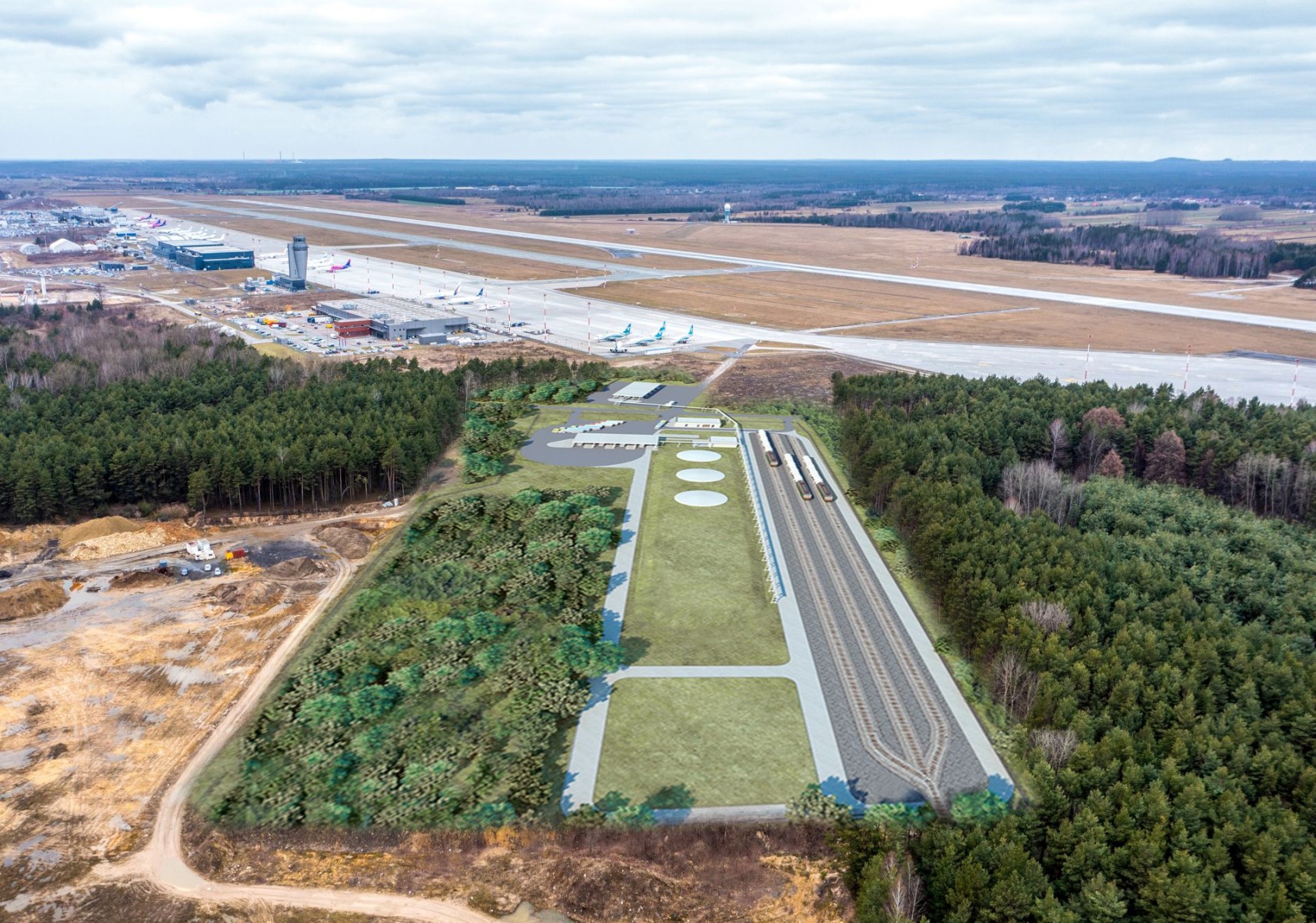The transport of goods from China to Poland is a topic of great interest to importers. A key aspect of choosing the mode of transport of goods from China is the delivery time, which looks different depending on the mode of delivery: in 2024 it can be either air, rail or sea transport, but also – increasingly popular – intermodal transport (e.g. a combination of air and rail on different routes). ASL, as a company that handles the transport of goods from China by sea, land, air, can help you organise the whole process efficiently. Below, we will discuss how much transport from China to Poland takes and what the options are and how ASL can help organise it.
Transporting goods from China by air is the fastest option, but how long exactly does it take to transport from China to Poland? How long does a container from China take?
If time is a priority for you, transport from China by air is the fastest delivery method. Air freight from China mainly transports electronics, parts for the automotive industry, as well as cosmetics or medical devices.
How long does it take to transport goods from Poland to China?
An air shipment from selected Chinese airports can reach Polish airports in as little as one day, while this time may be longer depending on the place of departure, the destination airport and the type of service selected. As a standard, therefore, we should assume that in the case of door-to-door transport from China to Poland, the transport time ranges from 3 to 14 days, depending on a number of factors which our forwarding agents try to control effectively so that it is as cheap, fast and safe as possible.
ASL specialises in organising air transport, ensuring that every detail is secured, which determines that the customer is ultimately reassured that their shipments – regardless of size – will arrive at their destination. We offer a comprehensive logistics service – from collection of the goods in China, through customs formalities, to delivery to the indicated address. You can find out about the possibilities of organising import from China or any other form of cooperation with China that requires efficient transport by filling in the short form: https://asl.pl/wsparcie/zapytaj-o-usluge/. Odpowiemy, jak wyglądają ceny za ściągnięcie kontenera z Chin w Twoim indywidualnym przypadku, podpowiemy, czy transport lotniczy z Chin opłaca się bardziej, czy mniej od transportu towarów morskiego i opowiemy o formalnościach, jakich należy dopełnić, ściągając towar z Chin do Polski.
How long does it take to import a container from China to Poland?
We have arrived at a key question for the novice importer interested in ordering large quantities of goods from China to Poland. One of the most popular ways to import bulk quantities of goods from China is, of course, container shipping. How long does shipping from China take? Container shipping time depends on the route chosen and the type of transport. Let’s find out how long it takes to import a container from China to Poland versus Germany:
- Sea freight from China to Poland – Sea freight of containers from China is approximately 35-45 days depending on the port of loading. ASL handles China-Poland sea freight, taking care of all logistics related to loading, documentation and delivery to the customer. How much does it cost to transport a container from China to Poland? The pce may vary depending on the season, the size of the container and current freight rates. Our sea freight forwarders will help you calculate the current sea freight costs, tailoring the offer to your needs and will help reduce the time of import clearance in Poland to the minimum necessary, and thanks to the simplified procedure we offer for selected groups of goods, we can speed up the sea transport from China to Poland even more.
- Sea transport from China to Germany is slightly faster than to Poland. How long does a container ship from China to Germany take? Usually it is 30-35 days. ASL, thanks to its extensive cooperation with a network of partners, has been successfully organising sea transport from China to Germany for many years, with the goods being transshipped in German ports to the land route, which they then take to Poland. An additional advantage of this option for the sea transport of goods from China to Poland is the possibility of fiscal clearance in Hamburg, which allows VAT to be accounted for when the goods are sold by the importer.
- Rail transport from China to Poland – an increasingly popular way to import goods from China. Rail connections, which run through Kazakhstan, Russia and Belarus, offer the possibility of making a faster delivery compared to sea transport. How long does it take to ship from China by train? A shipment by rail takes between 14 and 18 days, making it an excellent alternative between the long sea transport time and the more costly air transport. Our freight forwarders help companies organise rail transport, ensuring that goods are transported quickly and safely along the New Silk Road.
Sea, land or rail freight from China to Poland
All of the above solutions are also offered for cargo that does not fill the entire container – this is known as containerised cargo (LCL – Less Container Load), where the importer pays for the space actually used by his goods in the bulk container.
What is the fastest way to import goods from China?
For companies that care about fast delivery, air transport remains an unbeatable option. However, if you need to transport larger quantities of goods in a reasonable amount of time, it is worth considering rail transport, which offers a balance between transport time and cost. Sea freight, on the other hand, is the cheapest option but requires the most time.
Impact of customs formalities on the transportation time of goods from China
In addition to the transport time itself, customs formalities are an important factor affecting the speed of delivery. Every shipment imported from China has to go through customs clearance in both China and Poland. How long does it take to clear a container from China through customs? It normally takes between 1 and 3 days, depending on the volume of traffic at the ports and the completeness of the documentation prepared by the company. Delays may result from missing documents, leading to a prolongation of the whole process. It is advisable to take advantage of ASL and our own Customs Agency, which offers full support in completing and submitting customs documents, which significantly speeds up the arrival of goods by sea from China.

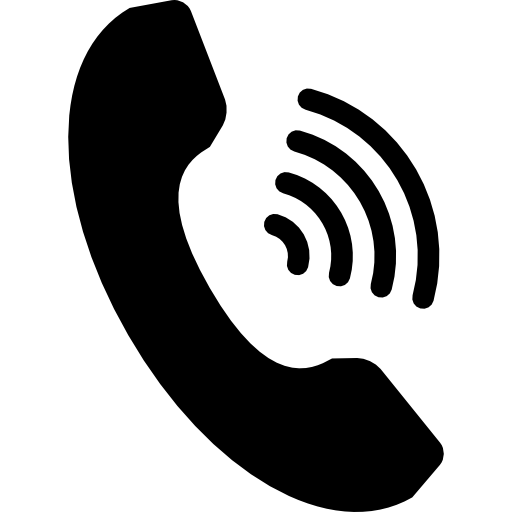 Contact
Contact 


